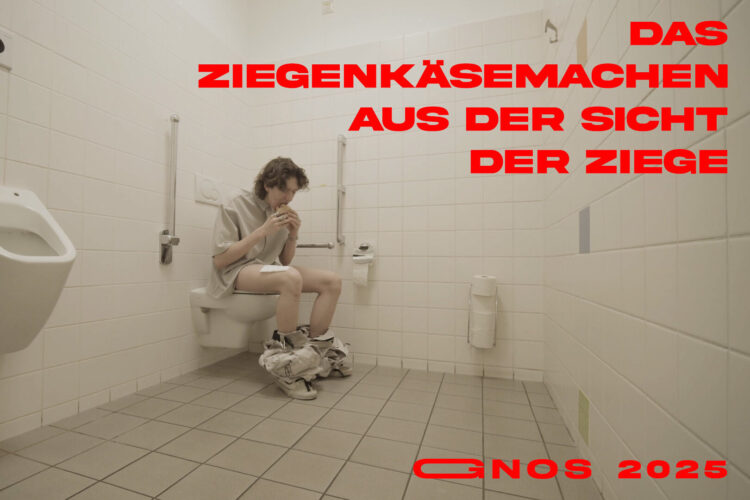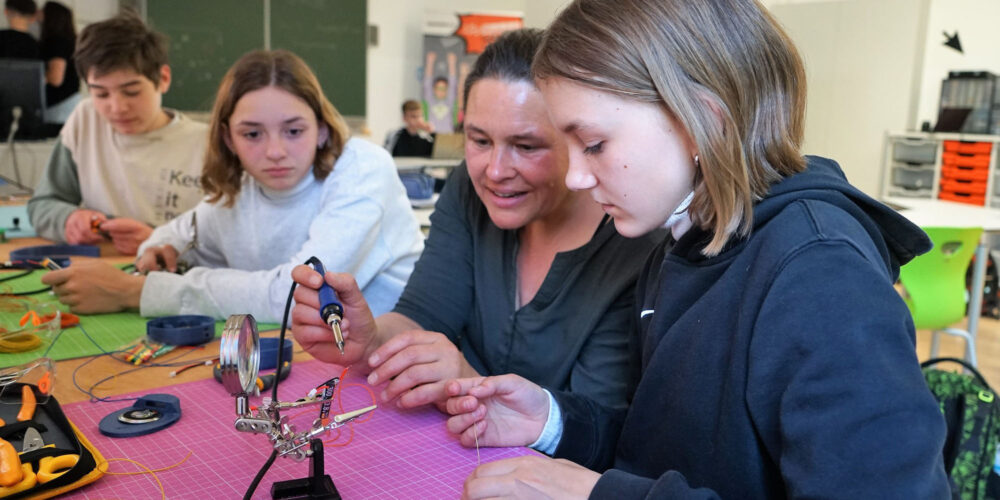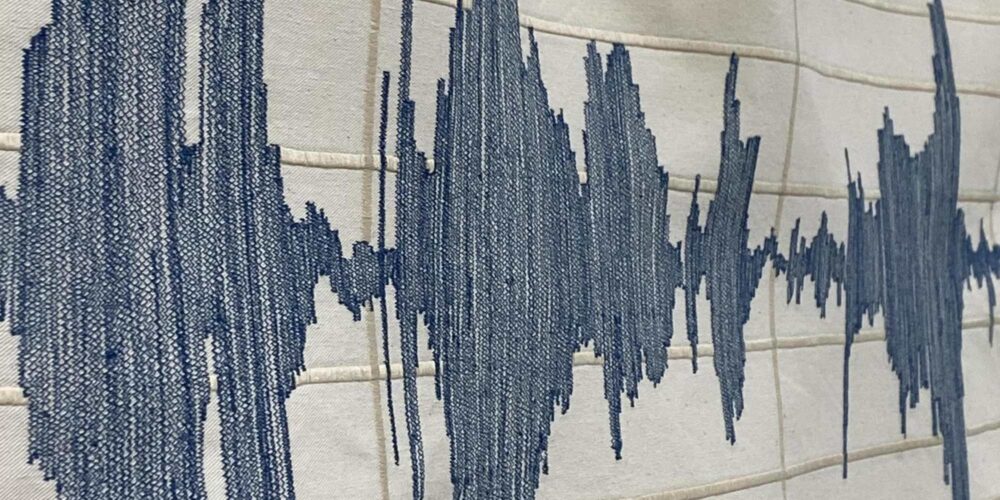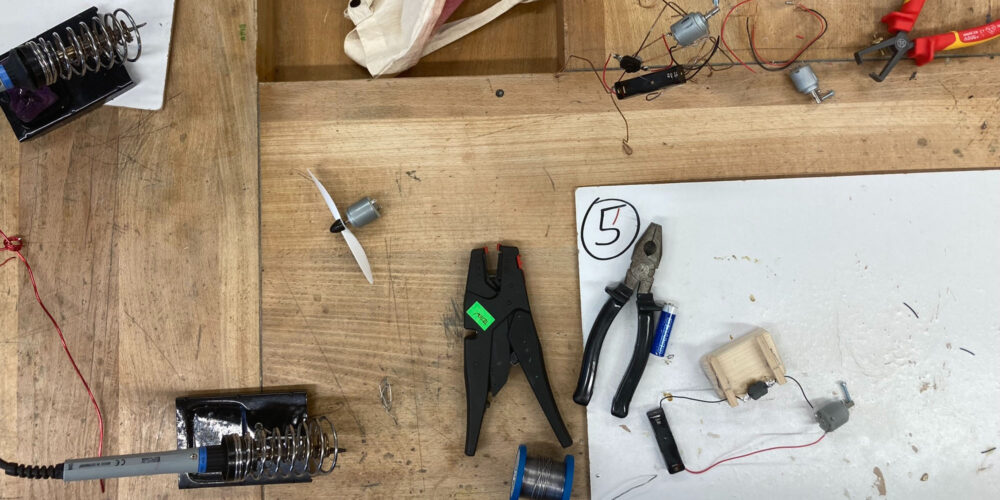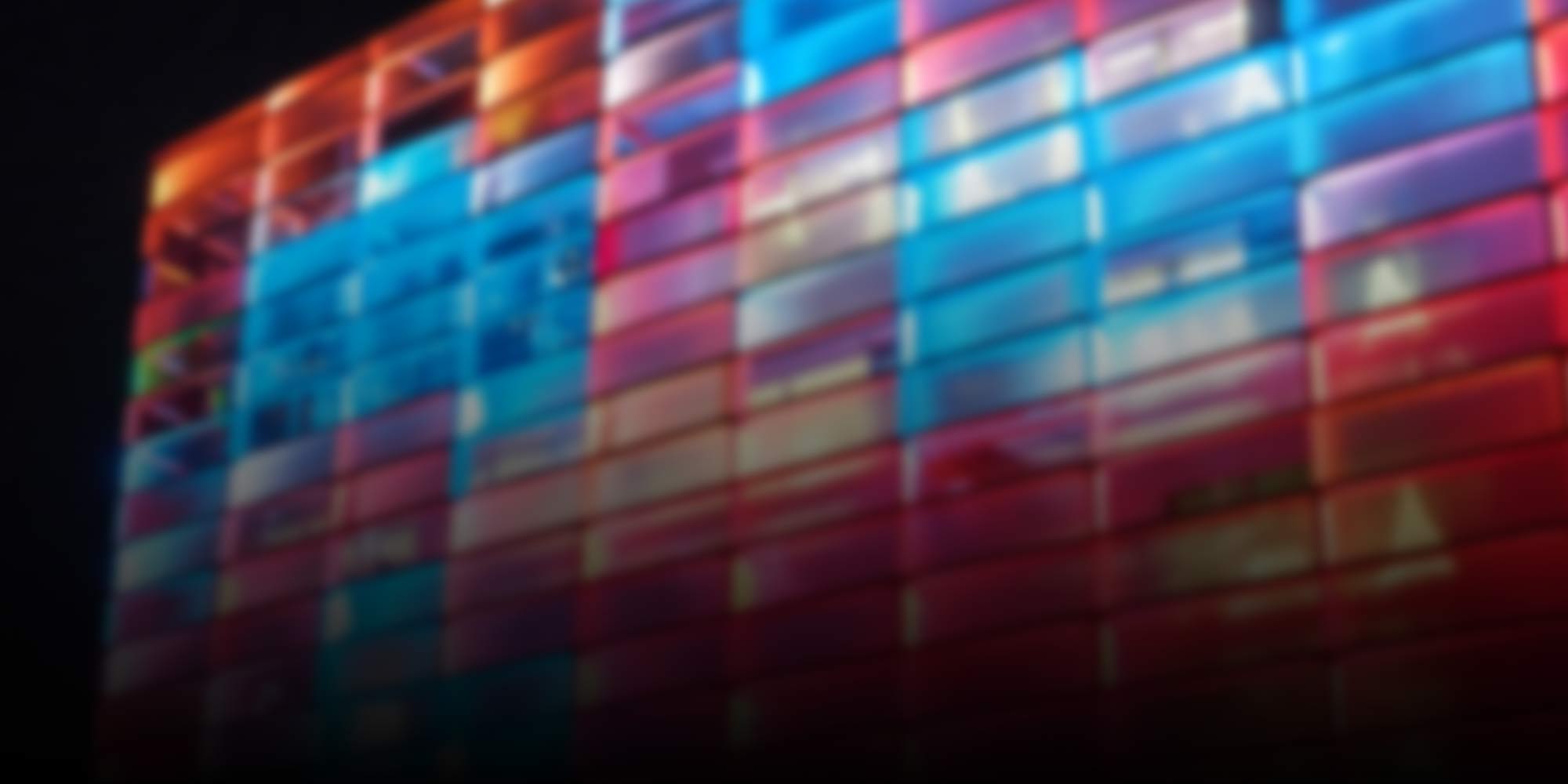
Prix Ars Electronica
-
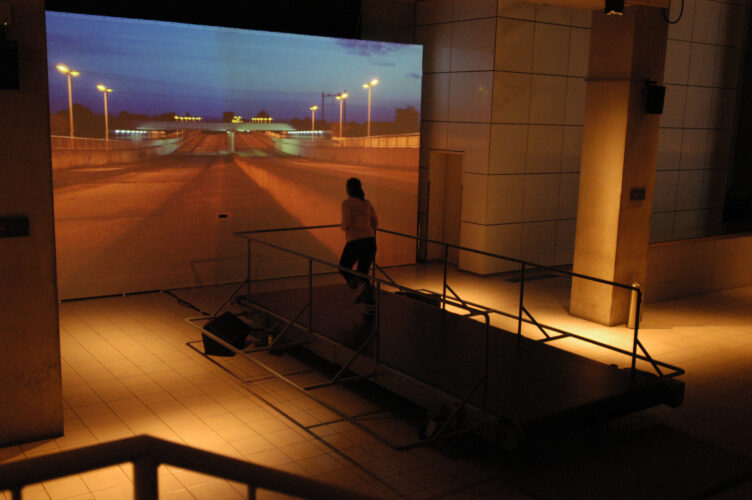
Cutting Edge: Running against the virtual wall
In “Run Motherfucker Run,” the body becomes the controller: those who run experience virtual immersion—those who stop fall. A powerful critique of passive consumption in digital worlds.
-

A Robot’s Liberation
Guanaquerx by Paula Gaetano Adi, winner in the Artificial Life & Intelligence category 2025, reclaims the Andes as a site of resistance and reimagines robotics as a tool for planetary liberation.
-
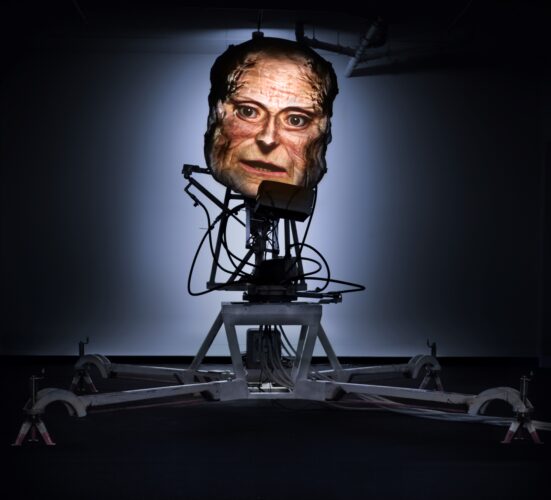
Words as Weapons
Requiem for an Exit by Frode Oldereid and Thomas Kvam, winner of a 2025 Golden Nica, explores memory, violence, rhetoric, and the unsettling voice of a machine.
-

Sound as a living process
This year’s Golden Nica in the category “Digital Musics & Sound Art” goes to media artist Navid Navab and Garnet Willis for their project “Organism.”
-
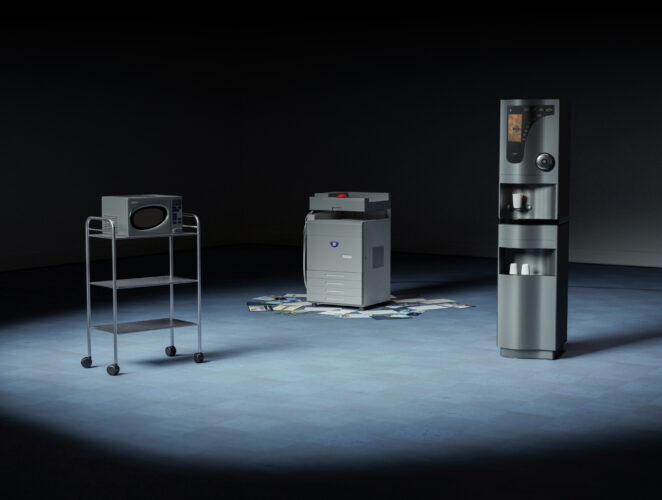
Prix Ars Electronica 2024: a question of the mindset
The Prix Ars Electronica exhibition is considered one of the highlights of the Ars Electronica Festival program. We were able to take a look behind the scenes and discovered some innovations as well as projects from the archive.
-

From Blue Marble to Bioplastic Record
“Smoke and Mirrors” by British artist Beatie Wolfe visualises 50 years of climate data and contrasts it with advertising slogans from the oil industry. She has now been awarded the Golden Nica of the Prix Ars Electronica for her work.
-
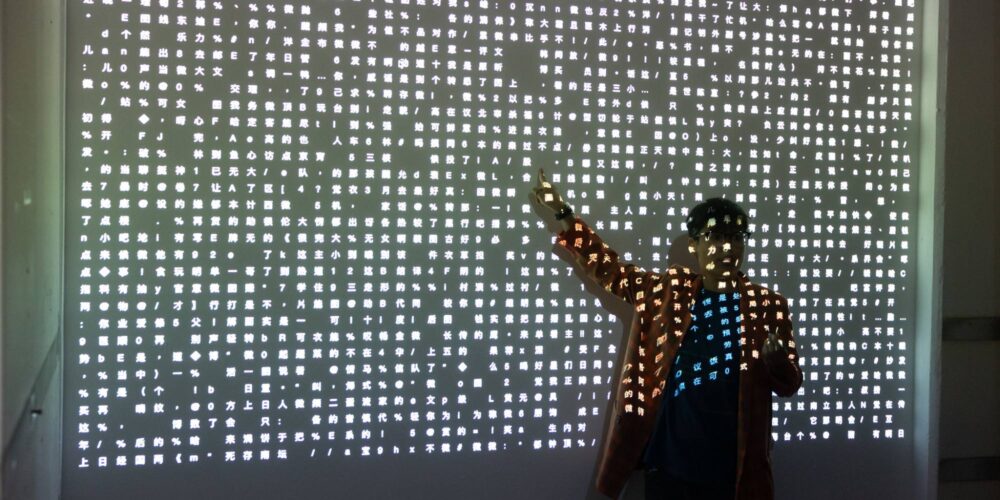
Borderline of Hope
Eunji Kwon has been selected as the second curator in residence for the Curatorial Residency Program enabled by ARKO. In this guest post, she reflects on the Prix Ars Electronica jury weekend from her personal perspective.
-

create your world between unpleasant truths and pointless dares
create your world shows, as every year, thoughts and ideas of children and young adults and offers the opportunity to experience, experiment and research.
-

Old habits and new experiments
To find out how POSTCITY as a venue affects the exhibition concept of Prix Ars Electronica and S+T+ARTS, read on.
-
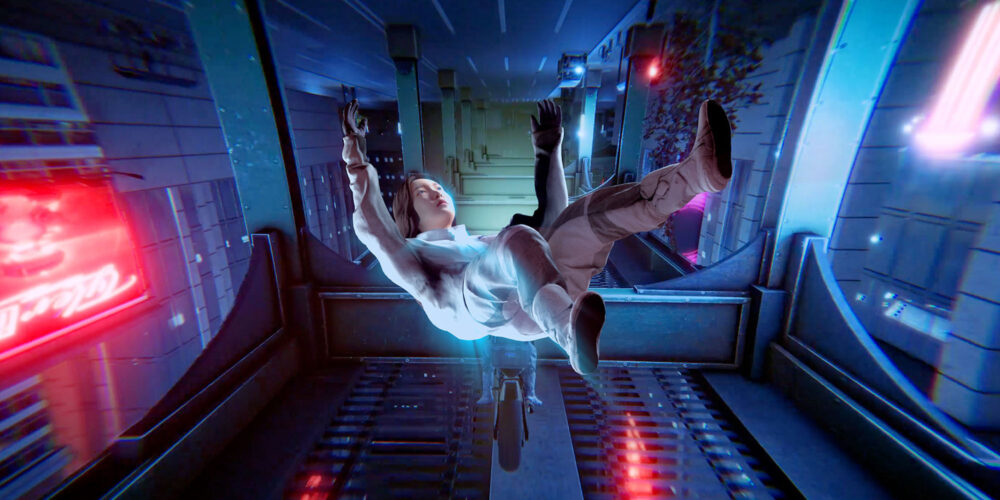
Invisible Journeys in a Fictitious World
In 2023, the Golden Nica in the Prix Ars Electronica category New Animation Art went to South Korean artist Ayoung Kim for her project “Delivery Dancer’s Sphere”.
-

The World of Animation – A Tectonic Shift
In this guest article Juergen Hagler elaborates on the development of the animation category and talks about the theme of animation as an important part of the Ars Electronica Festival 2023.
-

Breaking the Silence of Suppressed Voices
This year’s Golden Nica in the category Artificial Intelligence & Life was awarded to Winnie Soon for their Unerasable Characters Series.
-
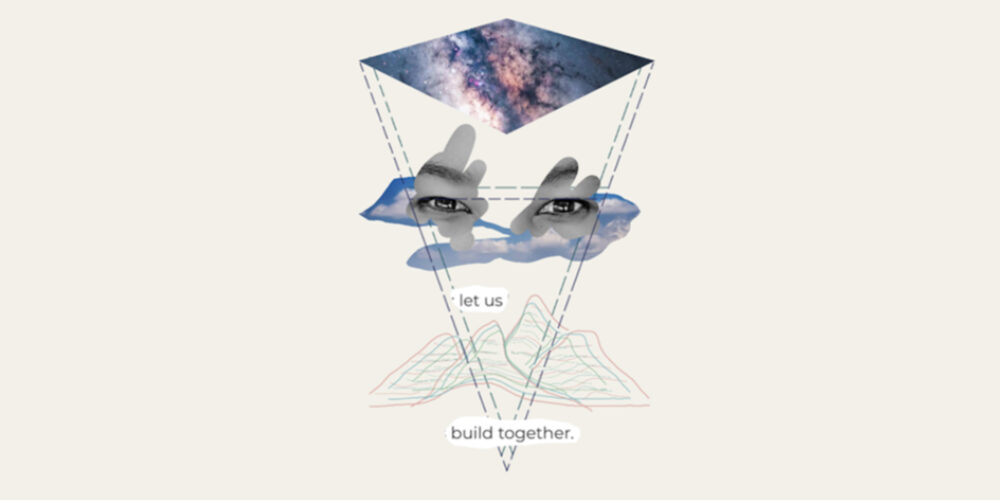
Masakhane – “We build together”
This year’s Digital Humanity Award winners are the grassroots organisation Masakhane, which specialises in bringing African languages closer to the technology industry.
-
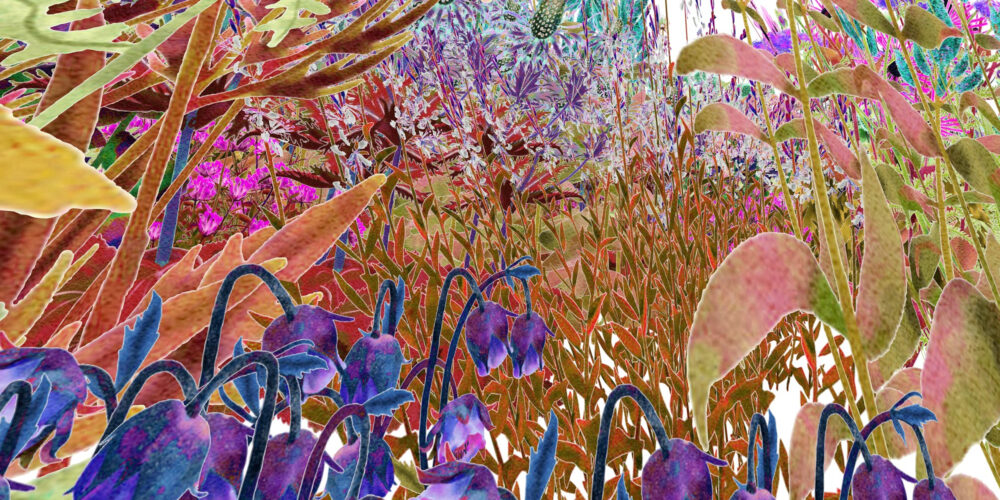
“Pollinator Pathmaker” – living art for insects
“Pollinator Pathmaker” by Alexandra Daisy Ginsberg is this year’s winning project in the Artistic Exploration category of the STARTS Prize.
-
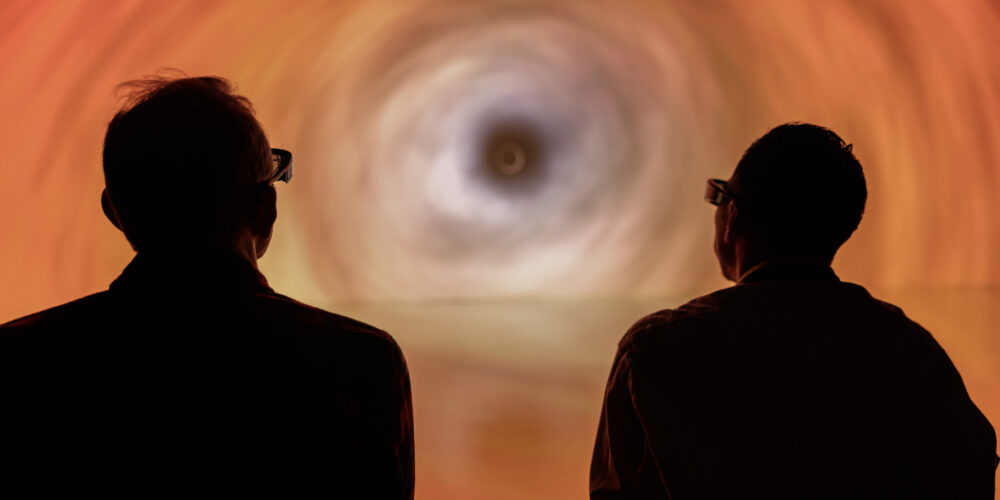
Reflection on the Prix Ars Electronica Jury Weekend
Suhun Lee has been selected as the first curator in residence for the Curatorial Residency Program enabled by ARKO. In this guest article, she describes her personal impressions of the Prix Ars Electronica Jury Weekend.
-
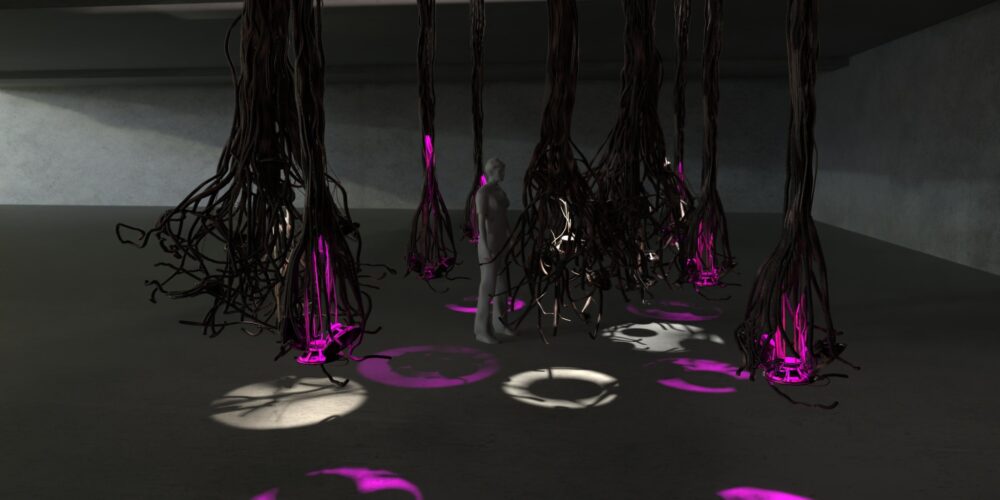
Soundscapes of the Andean plain
This year’s Golden Nica in the category “Digital Musics & Sound Art” goes to the collective Atractor + Semántica Productions, for their project A Tale of Two Seeds: Sound and Silence in Latin America’s Andean Plains.
-

Prix Jury Weekend at the Ars Electronica Center
Experts from around the world met in Linz to agree on the Golden Nicas of the Prix Ars Electronica 2023.
-
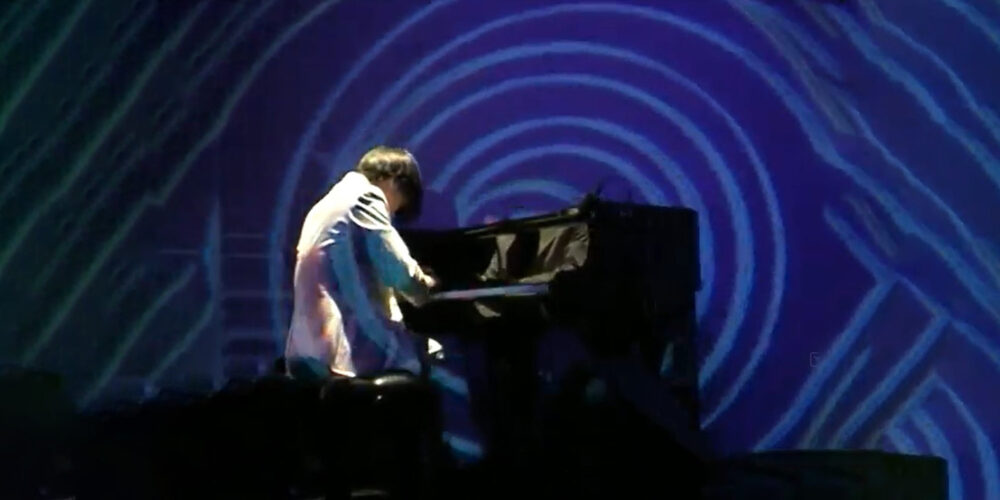
Ryuichi Sakamoto 1952 – 2023
Ryuichi Sakamoto died March 28 at the age of 71. The Japanese pianist, composer and pioneer of electronic music was the winner of the Prix Ars Electronica in 1997.
-
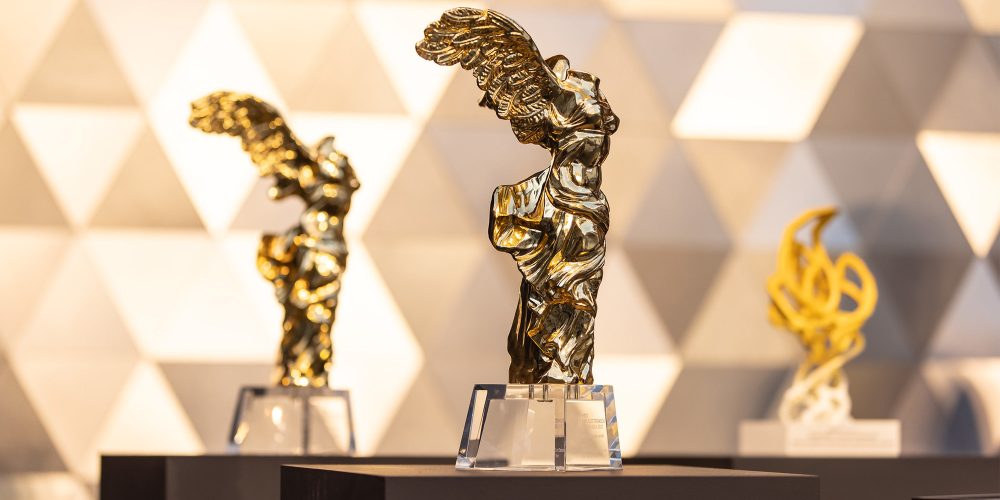
Legacy of the past and visions on the future
A new category, a new prize and a legacy begun in 1987: the Prix Ars Electronica is once again looking for exceptional media art.
-
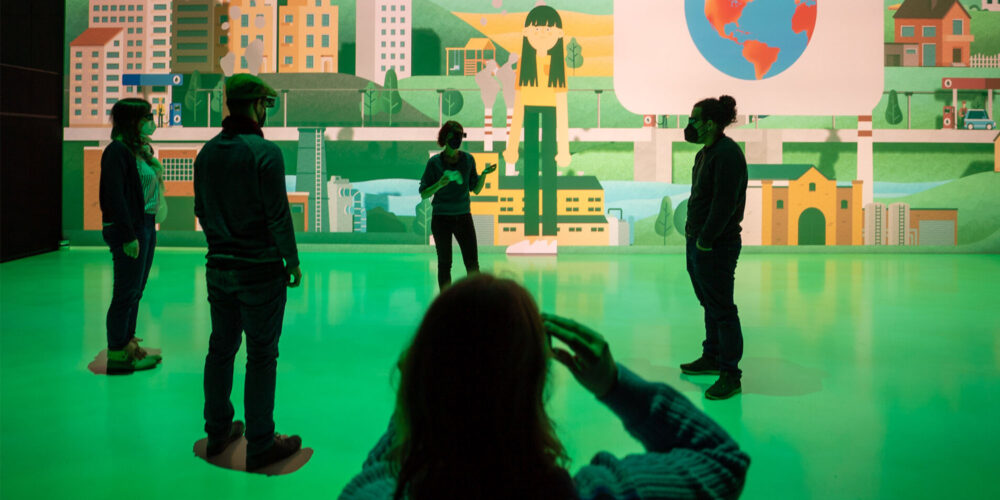
Society? That’s us!
It’s the third pillar of Ars Electronica, and we’re all a part of it: In part three of our annual review, we’ll tell you what the “Society” in our name stands for.
-

Prix Day: An Artistic Finale
On the last day of the festival, the focus will be on art. But as always, there will also be a variety of exciting projects on contemporary topics such as climate change, robotics or crisis management waiting for you.
-
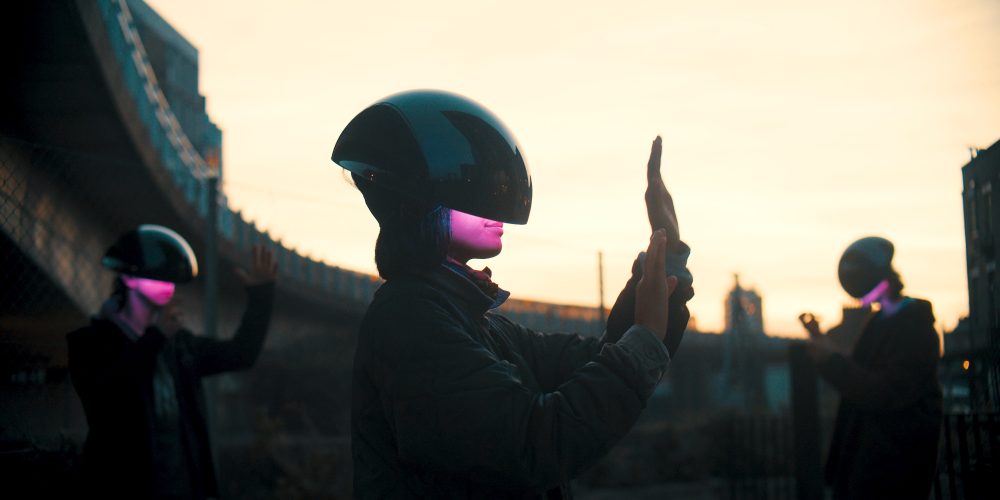
Opening Day: Highlights and Insights
The first day of the Ars Electronica Festival awaits you with exciting performances and lots of art, technology and new inspirations.
